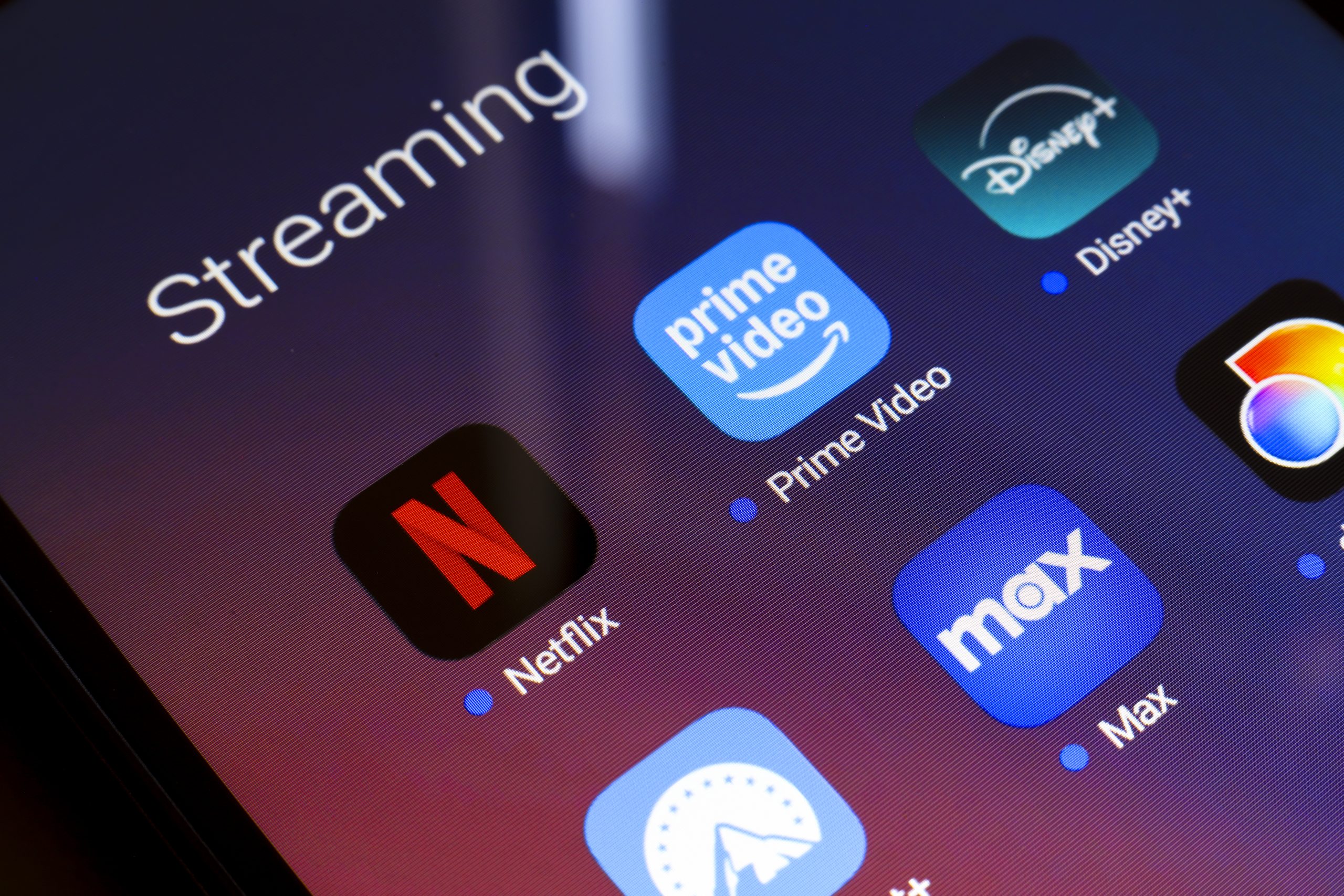
The digital audio landscape is witnessing a significant consolidation as Stingray Group, a Montreal-based music and technology company, has completed the acquisition of TuneIn, a pioneering internet radio service, for a reported $175 million. This transaction, structured with an initial payment of $150 million at closing and an additional $25 million contingent on future performance over the subsequent year, represents a pivotal moment for both companies and underscores the evolving dynamics of the global streaming market. The deal, which was financed through a loan under Stingray’s renewed credit facility, brings an established platform with a vast global audience under a new strategic direction.
A Pioneer’s Journey: TuneIn’s Rise and Evolution
TuneIn’s journey began in 2002, positioning itself as an early innovator in the nascent world of online audio. Unlike the personalized music discovery services that would soon emerge or the on-demand music libraries that now dominate, TuneIn carved out a niche by aggregating and streaming traditional terrestrial radio stations over the internet. Its original vision was to digitize the radio dial, offering listeners access to thousands of AM/FM stations from around the globe, transcending geographical limitations imposed by traditional broadcast signals. This approach allowed users to tune into local news from their hometown while living abroad, follow a specific sports broadcast unavailable locally, or explore international music and talk shows.
In its heyday, TuneIn was a formidable player, attracting a valuation estimated around $500 million. Its appeal lay in the sheer breadth of its content, which extended far beyond music to include an extensive array of news, talk radio, and live sports coverage. The platform became an indispensable app for many, seamlessly integrating into various digital ecosystems, from web browsers and mobile devices to smart speakers and connected car infotainment systems. This ubiquitous presence, cultivated over nearly two decades, built a loyal user base of over 75 million monthly active listeners worldwide, making it a powerful distribution channel for audio content.
Navigating a Shifting Digital Landscape
Despite its early success and widespread adoption, TuneIn faced increasing headwinds in a rapidly fragmenting and intensely competitive digital audio market. The initial value proposition of streaming traditional radio began to encounter challenges as consumer preferences evolved. The rise of dedicated on-demand music streaming services like Spotify and Apple Music, offering vast libraries of ad-free content for a subscription fee, redefined user expectations for music consumption. Simultaneously, the podcast boom dramatically reshaped the landscape for talk radio and spoken-word content, with listeners increasingly opting for curated, on-demand audio narratives rather than linear broadcasts.
TuneIn attempted to adapt to these shifts, notably launching "TuneIn Premium." This paid subscription tier aimed to offer an enhanced experience, including ad-free versions of certain radio channels, exclusive access to audiobooks, and live sports broadcasts, such as Major League Baseball games. While these efforts diversified its offerings and provided an alternative monetization strategy to its ad-supported free tier, they struggled to compete effectively against well-capitalized rivals with deeper content libraries and more aggressive marketing budgets. The challenge was multifaceted: convincing users to pay for content they could find elsewhere (often ad-free or as part of broader bundles), and differentiating its aggregated radio model in a market increasingly moving towards personalized, curated, and on-demand experiences. The company’s decline in valuation from its peak to the acquisition price reflects these significant competitive pressures and the difficulty of maintaining a leading position in such a dynamic industry.
Stingray’s Strategic Vision: Expanding Global Reach
For Stingray Group, the acquisition of TuneIn represents a significant strategic maneuver designed to amplify its global footprint and diversify its revenue streams. Stingray, headquartered in Montreal, Canada, operates a multifaceted business model that spans ownership of traditional radio stations, provision of music technology services to businesses, and a growing presence in advertising. Its existing portfolio includes a range of curated music channels, karaoke products, and digital signage solutions, primarily serving commercial clients and broadcast partners.
The integration of TuneIn’s platform, with its impressive global reach across more than 200 platforms and connected devices—including over 50 in-car audio systems in more than 100 countries—offers Stingray an unparalleled opportunity to expand its direct-to-consumer presence. This acquisition moves Stingray beyond its traditional B2B focus into a robust B2C play, leveraging TuneIn’s established brand and vast user base. Stingray explicitly cited TuneIn’s extensive partnerships with device manufacturers, automakers, and content providers as a key motivator for the deal. This network of integrations provides Stingray with immediate access to millions of potential listeners and a critical pathway into the rapidly expanding ecosystem of smart homes and connected vehicles, where audio consumption is increasingly prevalent. The company’s statement indicated that the TuneIn brand would be maintained, suggesting a strategy of leveraging its recognition while integrating it into Stingray’s broader digital audio ecosystem. Post-acquisition, Stingray anticipates its annual revenue to exceed $400 million, underscoring the transformative potential of this deal for the company’s financial outlook.
The Evolving Economics of Digital Audio
The $175 million acquisition price, based on TuneIn’s forecasted sales of $110 million and adjusted EBITDA of $30 million for the 12-month period ending December 31, 2025, provides a snapshot of the economics underpinning a mature, yet challenged, digital audio aggregator. This valuation, while significantly lower than its peak, reflects the realities of a market where monetization remains a complex puzzle. Ad-supported models face intense competition for advertising dollars and user attention, while subscription models demand unique, compelling content or a truly frictionless, ad-free experience.
The digital audio industry continues to grapple with the tension between free, ad-supported content and premium, subscription-based offerings. While TuneIn’s broad appeal as a free service drew millions, converting those users into paying subscribers proved challenging in an environment saturated with alternatives. The analytical commentary suggests that Stingray is acquiring TuneIn not solely for its current revenue and profit, but strategically for its expansive distribution network and large, engaged user base. This represents a "platform play," where the value lies in the infrastructure for content delivery and listener access, rather than just the content itself. Stingray can potentially cross-promote its other services, introduce new monetization strategies, and leverage TuneIn’s data to enhance its advertising capabilities across its entire portfolio.
Implications for the Broader Audio Ecosystem
This acquisition carries broader implications for the digital audio ecosystem. It signals a continued trend of consolidation within the streaming sector, where smaller, independent players or those struggling with monetization are absorbed by larger entities seeking to expand their market share, technological capabilities, or user base. The deal highlights the enduring value of aggregation platforms like TuneIn, which, despite intense competition from content-centric streamers, still serve a critical function in bringing diverse audio experiences to listeners.
The move also reinforces the importance of multi-platform availability and in-car integration as crucial battlegrounds for audio companies. As vehicles become increasingly connected, the infotainment system transforms into a prime listening environment, making platforms with pre-existing integrations highly attractive. For consumers, the acquisition likely means continued access to TuneIn’s extensive library of radio stations and potentially new features or content as Stingray integrates its own offerings. However, it also raises questions about future content strategies, potential changes to the user experience, and the long-term viability of maintaining a truly open aggregator model in a world increasingly dominated by proprietary platforms.
Looking Ahead: Challenges and Opportunities
As Stingray integrates TuneIn, it will face the challenge of harmonizing two distinct business models and corporate cultures. The opportunity lies in leveraging TuneIn’s technical infrastructure and user interface expertise to enhance Stingray’s existing services, while simultaneously introducing Stingray’s curated content and advertising solutions to TuneIn’s vast audience. Maintaining the brand’s established identity while infusing it with new strategic direction will be crucial.
The digital audio market is far from static. The ongoing evolution of AI-powered audio, personalized soundscapes, and interactive content presents both opportunities and threats. For Stingray, the acquisition of TuneIn is a bold step to secure a more prominent position in this dynamic environment, betting on the enduring appeal of radio and the power of ubiquitous distribution to drive future growth in a global, interconnected audio world. The industry will be watching closely to see how this strategic move reshapes the competitive landscape and influences the future of how listeners discover and consume audio content.





